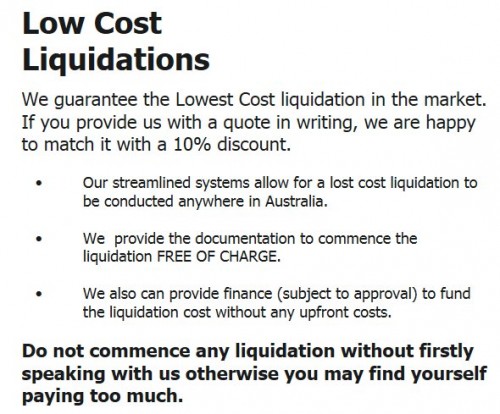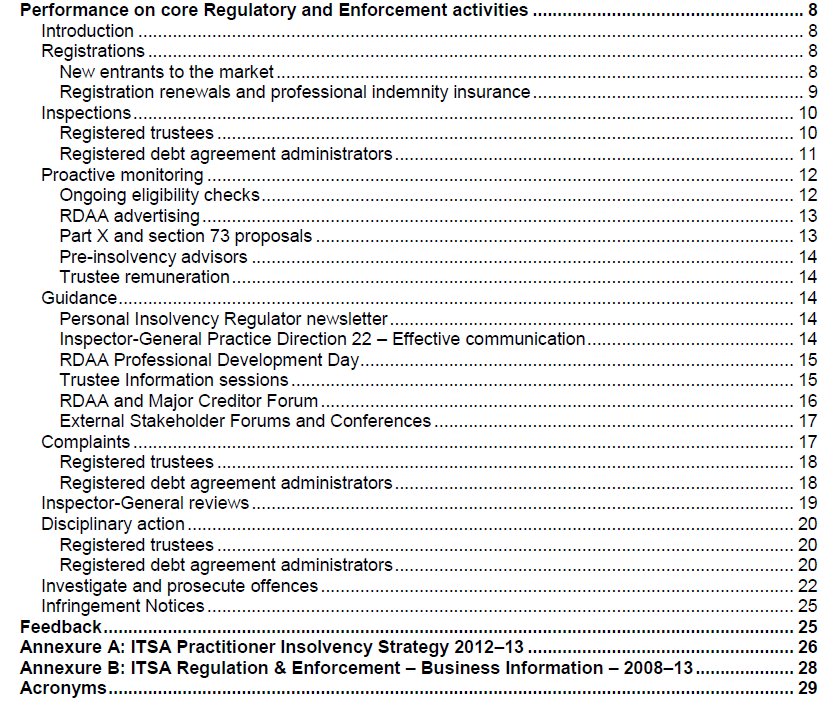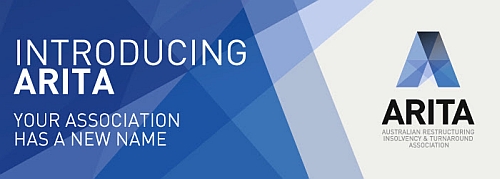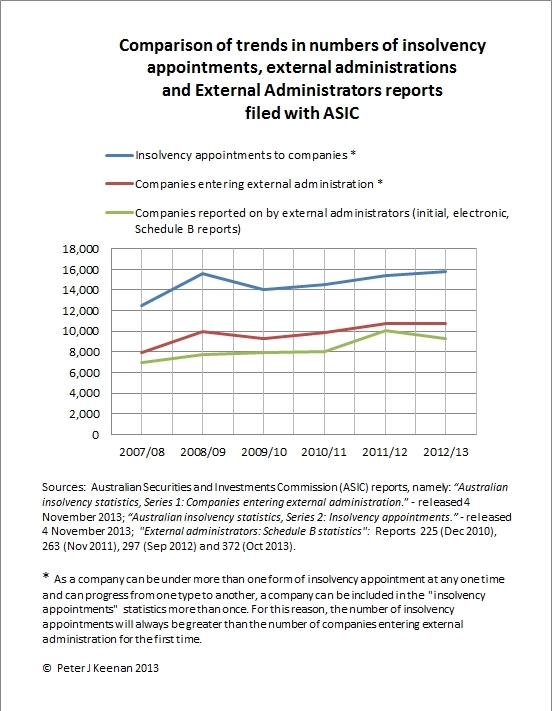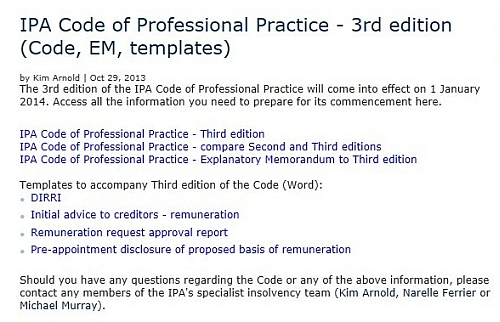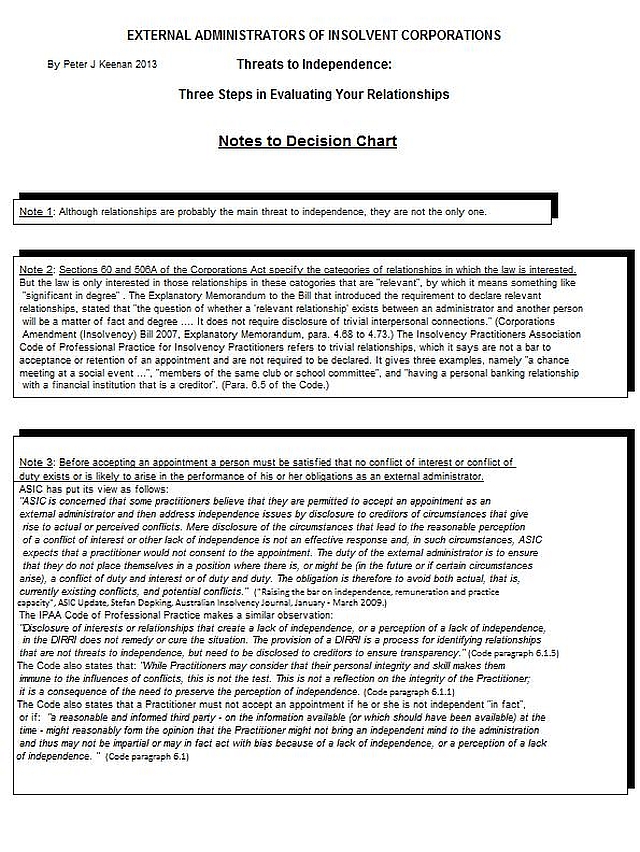[UPDATE 19/3/2014: THE ATO HAS APPEALED AGAINST THE DECISION DISCUSSED IN THIS POST] [UPDATE 10/10/2014: THE ATO FAILED IN ITS APPEAL; THE DECISION OF LOGAN J WAS CONFIRMED.]
When the Insolvency Practitioners Association of Australia (since renamed the Australian Restructuring Insolvency & Turnaround Association, or ARITA) and the Australian Taxation Office (ATO) decided to run a test case on the obligations of liquidators upon the occurrence of a Capital Gains Tax (CGT) event, they probably knew they risked broadening the contentious issues. But they had to try settling a far-reaching and long-standing argument which ARITA and the ATO had been having since 2009. (1)
Unfortunately for ARITA and the ATO, the Court decided not to adjudicate in one important area, deeming it “unnecessary to answer in light of the conclusion reached …”
In running Australian Building Systems Pty Ltd v Commissioner of Taxation ([2014] FCA 116), decisions were sought on the following questions:
– whether the liquidators (this was a joint appointment) are obliged by s 254 of the Income Tax Assessment Act 1936 , prior to the issuing of a notice of assessment to Australian Building Systems Pty Ltd (ABS), to retain monies so as to meet what may be a taxation liability in respect of the income year when the CGT event occurred; and
– whether the liquidators are obliged to pay to the Commissioner the whole of any tax due by ABS in priority to other creditors of that company notwithstanding ss 501, 555 and 556 of the Corporations Act.

On the first question the Court – Logan J presiding – concluded:
“ … that s 254 of the ITAA36 had no application to the liquidators. They were not, in the absence of any assessment, subject to any retention and payment obligation derived from that section…..” (para 25 of the judgment) and “s 254 does not require retention upon the mere happening of a CGT event …” (para 31).
As the ATO had argued that it was not necessary for there to be a notice of assessment before the retention obligation of S. 254 could arise, this decision was a victory for the liquidators.
But Logan J added the following cautionary advice:
“… Even though, for the reasons given, s 254 does not require retention upon the mere happening of a CGT event, that does not mean that a liquidator is obliged immediately to distribute the resultant gain or part thereof as a dividend to creditors in the course of the winding up. A prudent liquidator, like a prudent trustee of a trust estate or executor of a will, would be entitled to retain the gain for a time against other expenses which might arise in the course of the administration. Further, in relation to income tax, the liquidator would at the very least be entitled to retain the gain until the income tax position in respect of the tax year in which the CGT event had occurred had become certain by the issuing of an assessment or other advice from the Commissioner that, for example, no tax was payable in respect of that income year….” (para 31).

ATO back to the drawing board
The ATO will need to withdraw its exhaustive Draft Taxation Determinations TD 2012/D7 and TD 2012/D6 of September 2012 and try again to state the correct legal position. In those determinations the ATO took the view that
- “a receiver who is an agent of the debtor is required by paragraph 254(1)(d) of the ITAA 1936 to retain from the sale proceeds that come to them in the capacity of agent sufficient money to pay tax which is or will become due as a result of disposing of a CGT asset”; and
- “The phrase ‘tax which is or will become due’ in paragraph 254(1)(d) of the ITAA 1936 is not restricted to tax that has been assessed, and includes tax that will become due when an assessment is made. Consequently, the obligation to retain an amount under paragraph 254(1)(d) can arise in respect of tax that has not yet been assessed”.
An advisory note from ARITA?
One can imagine that the decision and the words of caution by Logan J will eventually find their way into an advisory note or practice guide from ARITA to liquidators and other insolvency practitioners. But in getting there the Judge’s caution is bound to cause ARITA’s technical advisers and members considerable trouble.
ARITA’s initial interpretation
ARITA posted a summary of the judgment on its website on 23 February (“Liquidator succeeds in CGT dispute with ATO” by Michael Murray), and ended with a note that it will closely examine the decision and the Judge’s comments and will raise the matter at its next liaison meeting with the ATO.
ARITA’s interpretation included the following comment:
“ In the case in hand, no assessment had issued when the sale took place. This means that there is no personal liability for a liquidator if, once the assessment issues, there are insufficient funds to meet the liability. “
Kicking off the discussion
I would make a couple of preliminary observations regarding this comment.
First, the fact that no assessment had issued when the sale took place is unremarkable. Normally, a tax assessment is not made until after an event occurs. Ordinarily, the ATO would not even be aware that an event had occurred until it was disclosed in a return lodged by the taxpayer. (2)
Secondly, I agree that, based on this decision, there would be no personal liability under s. 254(1)(d) or (e) of the ITAA 1936 for the tax payable as the result of a profit, etc., if the money the liquidator had was expended and/or disbursed before a tax assessment was issued.
But there are other important issues to consider. If a tax return covering
a post-appointment period was lodged and/or a tax assessment was issued showing tax payable in respect of that period, this would give rise to a debt payable by the company; and that debt would, it seems to me, be entitled to priority payment under the Corporation Act, as are other costs
of the winding up.
Such a tax debt would probably be entitled to classification as an expense “properly incurred by a relevant authority” (e.g., a liquidator) (S. 556(1)(dd) of the Corporations Act). If so, it would have a higher priority than, for example, liquidator’s remuneration (S. 556(1)(de)) and employee entitlements (S. 556(1)(e) and (g)).
So … if, when the assessment issues “there are insufficient funds to meet the liability”, the liquidator may be deemed to have breached his or her duty to distribute the proceeds in accordance with the priorities established by law.
It seems to me that this very issue was the one being broached by Logan J in his caution at para 31 of the judgment when he said:
“ … in relation to income tax, the liquidator would at the very least be entitled to retain the gain until the income tax position in respect of the tax year in which the CGT event had occurred had become certain by the issuing of an assessment or other advice from the Commissioner that, for example, no tax was payable in respect of that income year….”.
_______________________________________________
NOTES:
(1) In October 2012 the ATO issued draft rulings on the subject; and in February 2013 the hearing of the test case began.
(2) In the case being examined here, the ATO was informed of the CGT event when the company sought a private ruling from the Commissioner on whether s.254(1)(d) applied.
_______________________________________________

